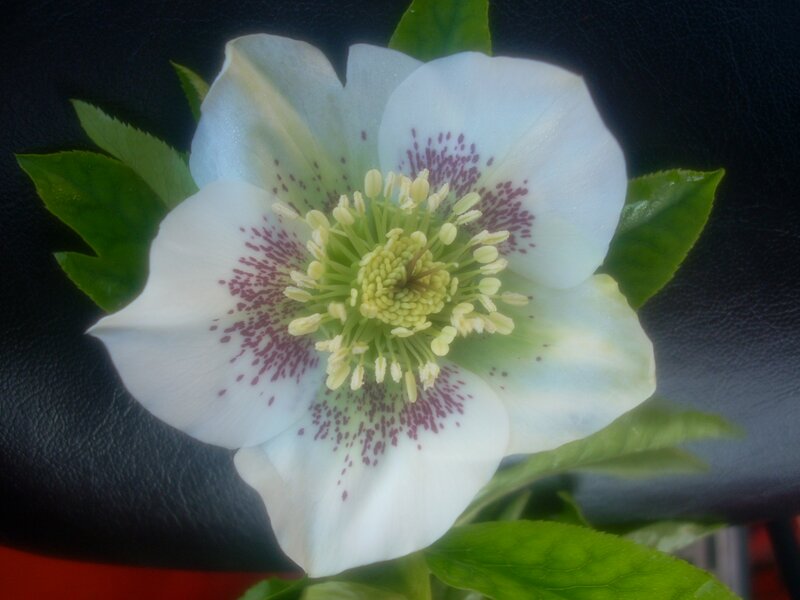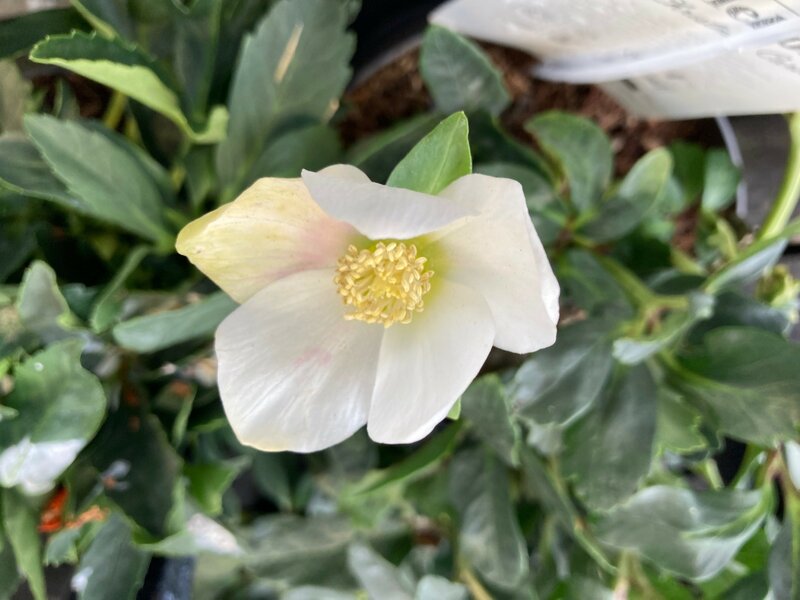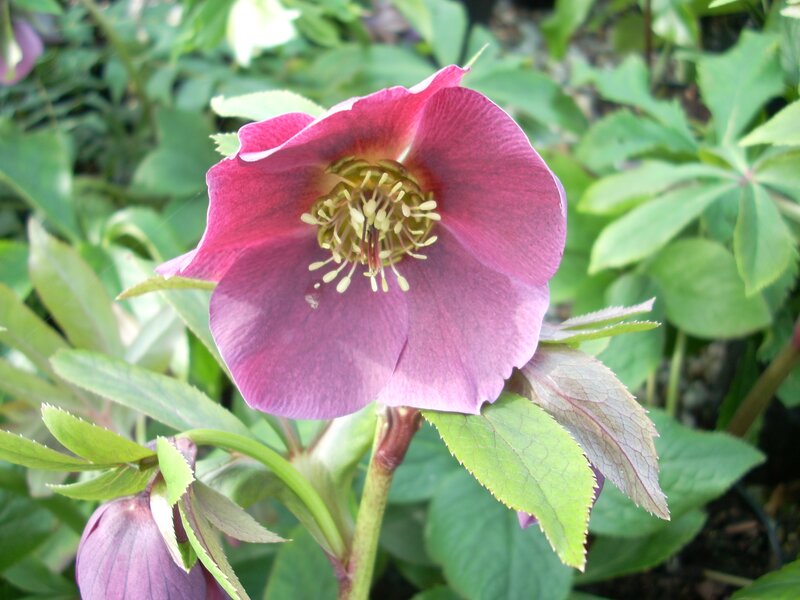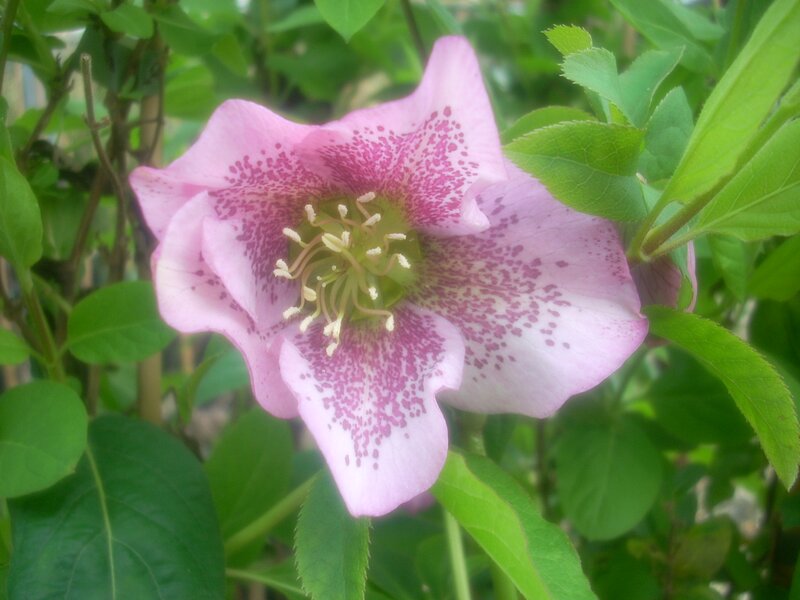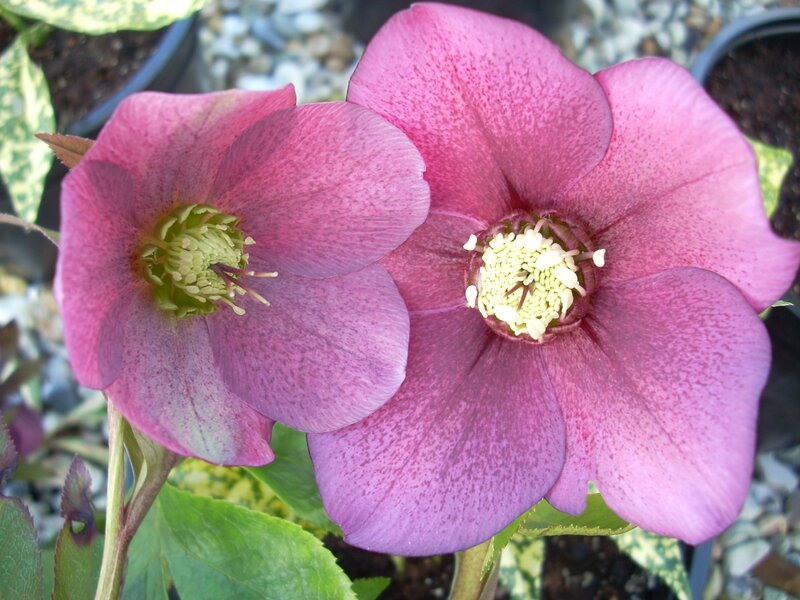Plant of the month November
Thompson's Plant of the Month for November is the Hellebore.
A stunningly beautiful perennial that will brighten up the dullest of Winter days.
About the Hellebore
Hellebores, often called Christmas Roses or Lenten Roses, are among the most enchanting perennial plants for adding color and life to the garden during the dullest months. Blooming in late winter to early spring, they bridge the gap between seasons with elegant, nodding flowers in shades of white, pink, green, plum, and even near-black. Their resilience, evergreen foliage, and long-lasting blooms make them a favourite among gardeners seeking beauty when little else is in flower.
Plant information
Hellebores belong to the Ranunculaceae (buttercup) family and are native to Europe and western Asia. These hardy perennials prefer partial shade and thrive under deciduous trees or shrubs, where they receive winter light but are sheltered from the harsh summer sun. The plants grow best in rich, well-drained soil with plenty of organic matter. Once established, hellebores are remarkably drought-tolerant and low-maintenance, making them ideal for woodland gardens or shaded borders.
Their flowers—technically sepals rather than petals—can last for several weeks, even months, often persisting well into spring. Beneath these striking blooms lies leathery, dark green foliage that remains attractive throughout the year. Hellebores are also deer- and rabbit-resistant, adding to their appeal in wildlife-prone areas.
Popular Varieties
There are many beautiful hellebore species and hybrids, each offering distinct charm and colour:
-
Helleborus niger (Christmas Rose): One of the earliest to bloom, sometimes even in midwinter. It bears pure white flowers that can blush pink with age.
-
Helleborus orientalis (Lenten Rose): The most commonly grown species, prized for its wide range of flower colours—white, pink, purple, yellow, and spotted forms abound.
Top Tips for Growing Hellebores
-
Choose the Right Spot: Plant hellebores in partial or dappled shade, ideally beneath deciduous trees or shrubs. Avoid deep shade, which can reduce flowering.
-
Soil Preparation: They prefer humus-rich, well-drained soil. Work in compost or leaf mould before planting to improve texture and fertility.
-
Water Wisely: Water regularly during establishment, but avoid waterlogging. Mature plants are quite drought-tolerant.
-
Feed Annually: In early spring, top-dress with compost or a slow-release balanced fertilizer to encourage strong growth and abundant blooms.
-
Prune Old Leaves: Remove tired or diseased foliage in late winter before new flower stems emerge—this improves air circulation and shows off the blooms.
-
Propagation: Hellebores self-seed freely. Seedlings can be transplanted, but note that hybrids rarely come true to type. Alternatively, divide mature clumps after flowering if needed.
-
Enjoy Their Longevity: Once established, hellebores can live and bloom for decades, providing reliable winter beauty year after year.
With their early flowers, lush foliage, and incredible resilience, hellebores are indispensable plants for any garden. Whether massed in a shady border or spotlighted in containers near a winter window, they reward gardeners with timeless elegance when most plants are still asleep.

